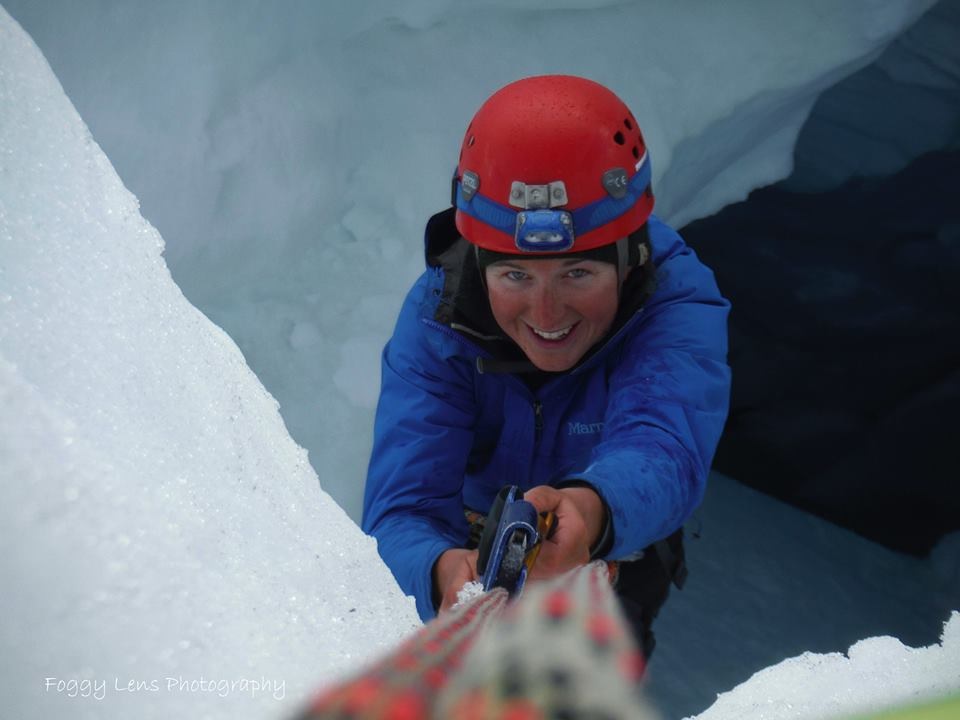by Dr. Karen Grove, Professor of Geology (specialization in sedimentology), San Francisco State University, San Francisco, CA
As a geology professor with 25 years of experience, one of the highlights of the JIRP is the 33 student participants who have chosen to stretch themselves beyond their comfort zones. They are learning to do research in a harsh environment, which includes numerous days of safety training and learning a variety of techniques to investigate the glacial environment, often in inclement weather that includes cold and very wet conditions. But always the attitude has remained positive and the curiosity to learn high. For me, it’s like taking my top students from over the years and putting them together in one class---a total joy!! The students are pursuing degrees (mostly undergraduate, but a few graduate) in a variety of Earth Science fields, but all are enthused about the ice field and the opportunities to expand their horizons. No doubt, we’ll be hearing more from them as they continue in their education and subsequent careers. It’s a bright and highly motivated group of young people that gives one hope for our planet’s future.
What does a visiting professor do? For me, it’s the first time to the Juneau Icefield, and so I’m doing the safety training along with the students. For my husband Jay, who was a JIRP student in 1973 and 1975, it’s a refresher course and a chance to reprise a life-altering experience. We also assist with the educational mission as much as we can. We provide perspectives from our areas of expertise. For me, this has included informal discussions about geology, leading a field group to describe the rocks Camp 17 is built upon, and giving lectures on the geologic record of global climate change during the past 60 million years. Jay has provided perspectives on how to manage projects (including the students’ research projects) and used his photography skills to document JIRP activities. Some professors/researchers come here with their own specific research goals; they include students on their team and teach them how to do the investigations. We feel like one big expedition that is collaborating to accomplish common goals. Most visiting professors stay for several weeks of the 8-week-long program. Although I at first resisted spending two summer weeks on a cold and windy ice field, the students have made the experience well worth the effort. The scenery of rugged, glacially-sculptured mountains is quite a draw too!
Faculty geologist Karen Grove during safety training week. Photo by Jay Ach






























